Welcome to The Victorian Emporium historical publications
Historical Publications
Welcome to the History area of The Victorian Emporium. Here you can view and read all of our history articles.
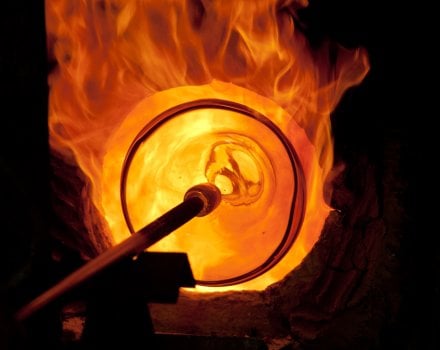
History of glass and mirrors
The history of creating glass goes back to 3500BC in Mesopotamia and the word derives from the latin term Glesum which is believed to have arisen in the Roman glassmaking centre at Trier and to have described a lustrous, transparent substance.
History of glass and mirrors
The history of creating glass goes back to 3500BC in Mesopotamia and the word derives from the latin term Glesum. Glass is a transparent, typically brittle non-crystalline solid material and has the ability to refract, reflect and transmit light without scattering it. A major use over centuries has been in windows and drinking vessels using soda-lime glass, which is predominantly silica-based whereas many other applications e.g bottles…
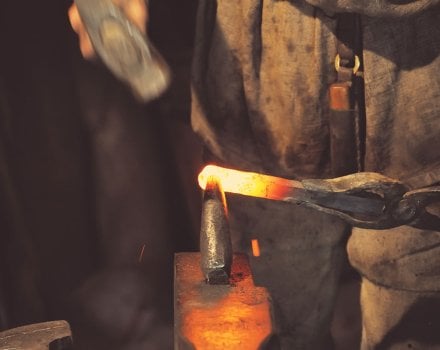
History of Ironmongery
As for internal ironmongery, in the first half of the nineteenth century, door knobs tended to be brass, wood or glazed china spheres with some simple decorative elements, and fairly plain fingerplates.
History of Ironmongery
It was only from the late 1500s when people ceased to live in one big room that the royal palaces and then the houses of the courtiers and gentry were divided into individual rooms and the need for room dividers and ways of accessing the different rooms came to be necessary. At first, rooms were separated by woven hangings but gradually wooden doors became more widespread. These doors were hung from rudimentary hand forged strap hinges…
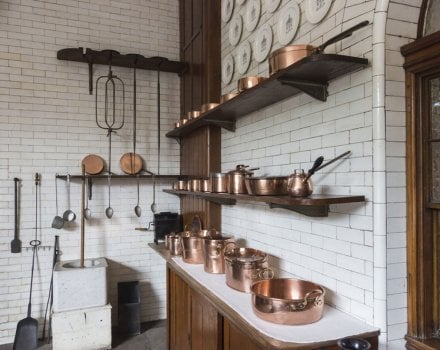
The First Kitchens
Kitchens of the rich were a reflection of their power and status and as such were often a collection of many rooms with different functions and a large staff.
The First Kitchens
The kitchen came from very humble beginnings in the Middle Ages, where peasants lived in one room which served as a room for cooking, eating and general living. The kitchen really consisted of a hearth stone, a smoky wood fire with a pot on top and a wooden spoon. This was used from as far back as the Saxons right up to the time of the Tudors as it was a very effective method of food preparation. Food was foraged so the diet was seasonal…
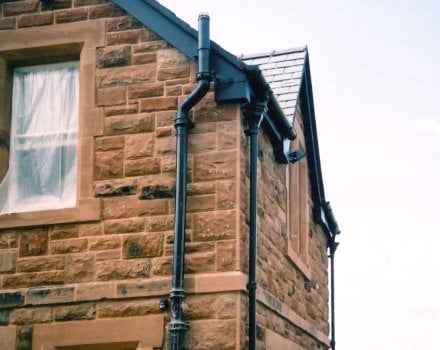
History of Guttering
There are many types of guttering on the market to suit all styles of houses and of course pockets. Today’s ample range of guttering products is a far cry from days past.
History of Guttering
“We are all born in the gutter, but some of us get to see the stars” Oscar Wilde. Whilst the form of cast iron and plastic reproduction guttering and their fixings can have a highly distinctive and attractive appearance, their primary function is to disperse the rain falling on a property from seeping into the dwelling and in some cases collect water for future use. There are many types of guttering on the market to suit all styles of…

History of Gates and Railings
Cast iron increased in popularity during Victorian times and was widely used for making Victorian gates, railings, panels, and the decorative elements they incorporated.
History of Gates and Railings
When were railings invented? The earliest railings were wrought iron, and their manufacture was possible because of the development of blast furnaces in the 15th century. Early examples can occasionally be found inside churches. Wrought iron continued to be used until the late 19th century, following the emergence of steel. Cast iron railings did not appear until the second half of the 18th century, following the development of new…
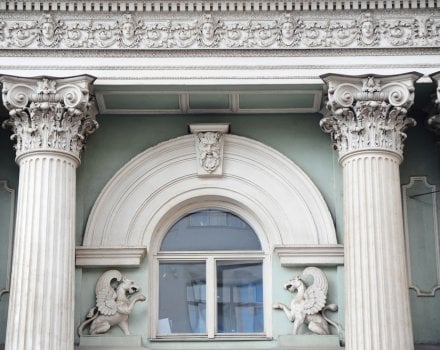
The Origin of Mouldings
From the 16th century, 5 distinct orders were recognized whose origins come from Ancient Greece with some modifications by the Romans: Tuscan, Doric, Ionic, Corinthian and Composite.
The Origin of Mouldings
Decorative plaster mouldings and wooden mouldings originate from the Classical Order, one of the ancient styles of classical architecture, each having its own proportions, profiles and details and recognizable by the type of column used.
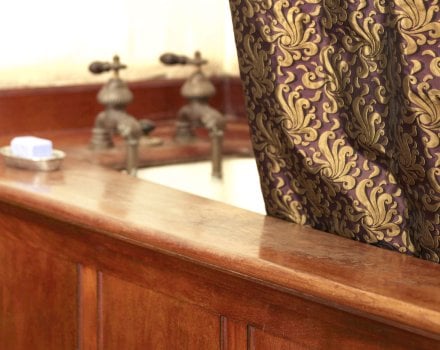
The Evolution of Curtains
Hand-made fabric hangings or curtains were often used on walls as decoration, or to divide up room spaces in grand country or town houses. They were also used around beds to stop drafts and aid privacy.
The Evolution of Curtains
The first drape or curtain probably hung at the entry of tent somewhere in a middle-eastern desert in the very early days of civilisation. The cloth gave some privacy but also, when wetted with water, provided some primitive air conditioning to temper the hot desert winds.
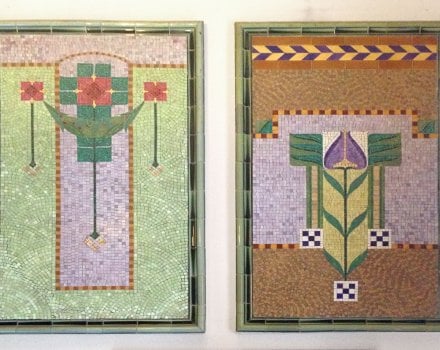
History of Tiles
Tile as we know it dates from c4,700 B.C. in Egypt while glass tiles were popular in 2,500 B.C. At Wittenham in Oxfordshire masses of Roman roof tiles were discovered in 2004 indicating that large
History of Tiles
A tile is a manufactured piece of hard-wearing material such as ceramic, stone, metal or even glass. Tiles are generally used for covering roofs, floors, walls, showers,or other objects such as tabletops. Alternatively, tile can sometimes refer to similar units, made from lightweight materials such as perlite, wood and mineral wool,typically used for wall and ceiling applications.
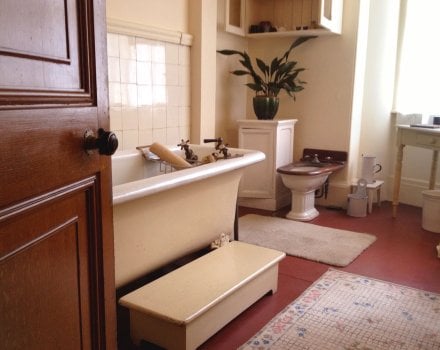
History of Bathrooms
In more well to do households with indoor plumbing there would be decorative wash stands and wash basins, resembling the bathroom sink with plumbing which is relatively unchanged today.
History of Bathrooms
Personal hygiene in the Victorian period, and indeed in nearly every era preceding it, was not conducted with the same rigour as today. Victorian men and women would wash arms, hands and faces fairly regularly but the rest of the person was pretty much left to itself. This may seem remarkably smelly, but if everyone else smells the same then one assumes the odour becomes unremarkable.
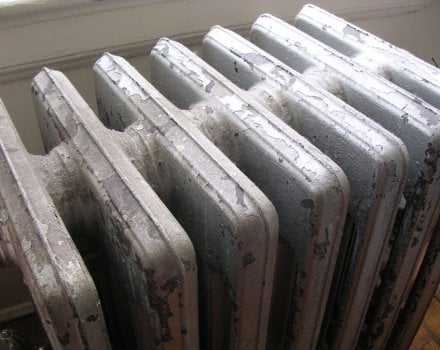
The history of heating and Victorian radiators
Victorian radiators are constructed of cast steel, known as a sealed steel hollow container filled with hot water feed with piping supplied by an electric pressure pump.
The history of heating and Victorian radiators
Early man would build a fire in the centre of his combustible hut or damp cave. Even when coal came into regular use the efficiency of each open fire place meant that most of the heating went up the chimney, (it would have been warmer to sit on the roof), with added danger of chimney fires or sparks causing the home, especially dwellings with a thatched roof, to burn to the ground.